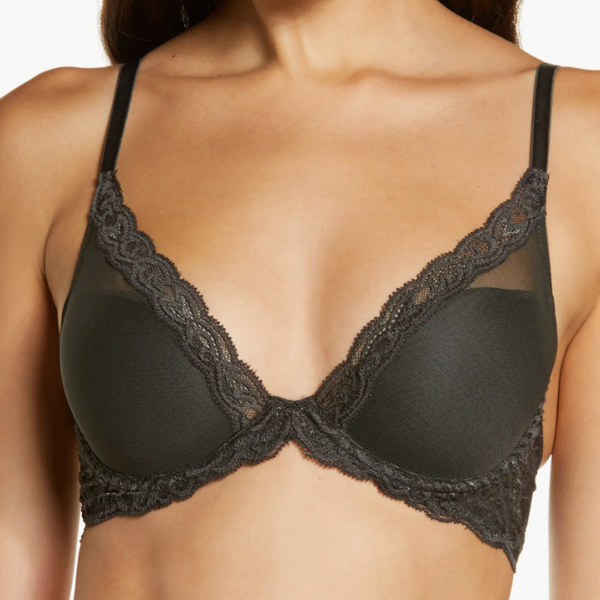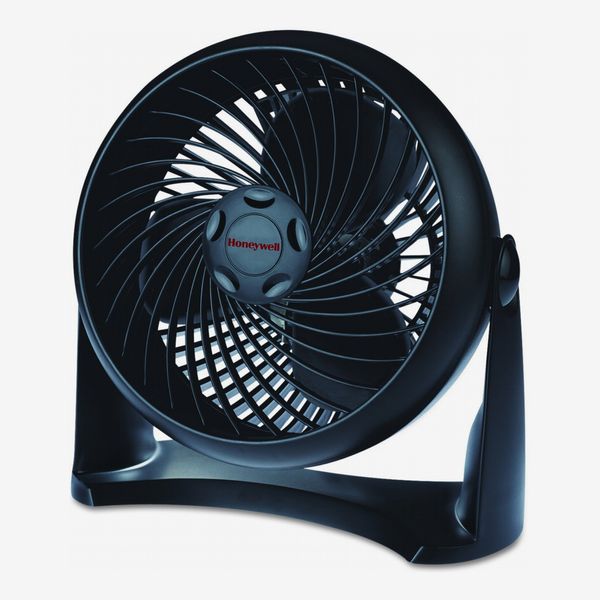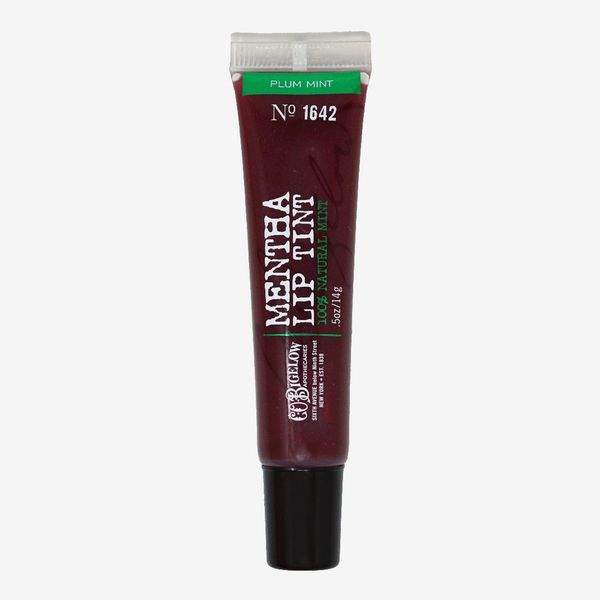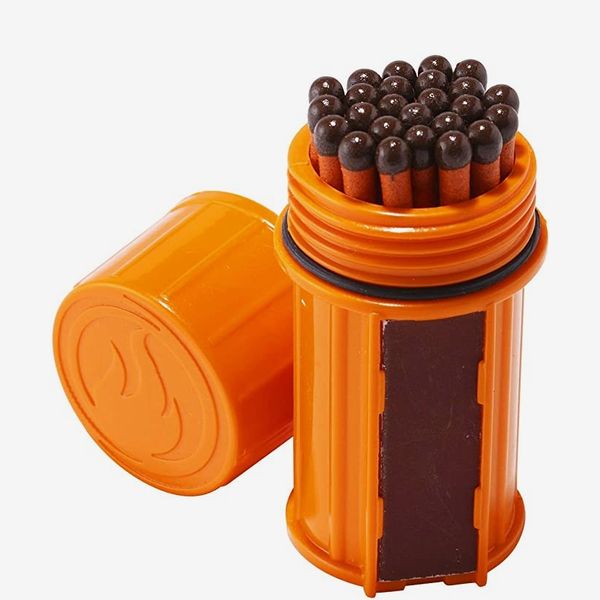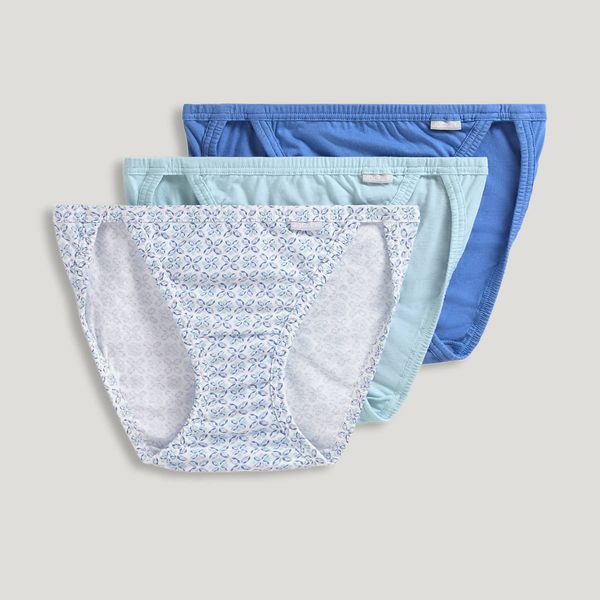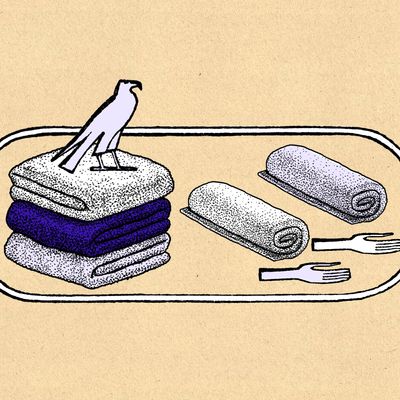
The term Egyptian cotton has become shorthand for luxury in the world ofbedding,apparel, andbeyond,but what it is exactly is harder to define. While you might expectEgyptian cottonto come from Egypt, it might also come from other places. In short: Egyptian cotton is aspeciesof cotton and the best version of this material has extra-long staple fibers.
Instead of relying on the cotton’s country of origin, look at the fiber length
It’s more useful to think of the makeup of Egyptian cotton rather than where it originates. Egyptian cotton is known to be one of the softest, most durable cottons in the world, thanks to its extra-long staple fibers. It’s these extra-long fibers that set it apart from regular cotton. Extra-long staple fibers measure between 1⅜ inches to 2 inches long compared to up to 1⅛ inches long for short staple and between 1⅛ and 1¼ for long staple. “The average American cotton that we grow prolifically is an inch long. It doesn’t seem like a big deal, but extra-long staple cotton is essentially twice the length of short staple cotton,” saysDeborah Young,assistant chair of textile science at the Fashion Institute of Design and Merchandising in Los Angeles. “That’s going to make it smoother, softer, and more lustrous.”
Think of Egyptian cotton as aspeciesof cotton
Egyptian cotton and other extra-long staple cotton like Pima cotton come from the cotton speciesGossypium barbadense,which can be grown in Egypt, yes, but also the United States, Peru, Sudan, and the Sea Islands. In fact, it can be cultivated just about anywhere cotton thrives. The two main types ofG. barbadenseare Egyptian and Pima, with the former grown in Egypt along the Nile River valley, and the latter in the southwestern region of the United States.
But not all Egyptian cotton is equal
Just because cotton comes from Egypt doesn’t mean it’s of the extra-long staple variety, as other types of short-staple cotton are grown there, too. Enterprising marketers can easily pass off subpar cotton grown in Egypt as “Egyptian cotton,” misleading consumers. Growers ofG. barbadensecotton in other countries might also take advantage of the association with Egypt and call their cotton “Egyptian,” while others will mix strains of Egyptian cotton with other types of cotton and also market it as Egyptian.
Be wary of anything labeled Egyptian cotton that doesn’t list the staple length
“If a product just says that it’s made from Egyptian cotton and doesn’t say anything else, well then, you’re out of luck,” saysPreeti Arya,assistant professor of textile development and marketing at Fashion Institute of Technology. But if the product description for sheets (or towels) says it’s made from long- or extra-long staple cotton, then you know you’re getting a high-quality product that will feel softer, smoother, and be more durable than something made from lower-staple cotton. And if you can, touch and handle the goods yourself. Even better, try putting the two different types of cotton sheets side by side to compare them. Young admits, however, that there’s no way to prove what you’re getting is genuine Egyptian cotton. “That kind of thing you have to take on faith,” she says. “Even I couldn’t tell the difference under a microscope.”
The Strategistis designed to surface the most useful, expert recommendations for things to buy across the vast e-commerce landscape. Some of our latest conquests include the bestacne treatments,rolling luggage,pillows for side sleepers,natural anxiety remedies,andbath towels.We update links when possible, but note that deals can expire and all prices are subject to change.

